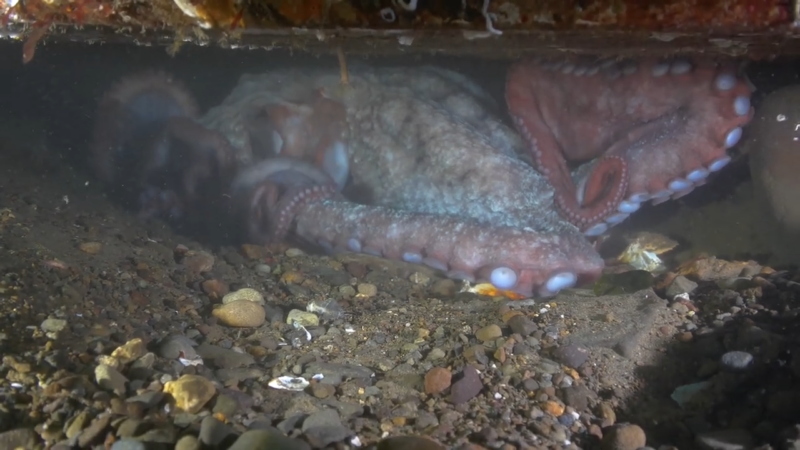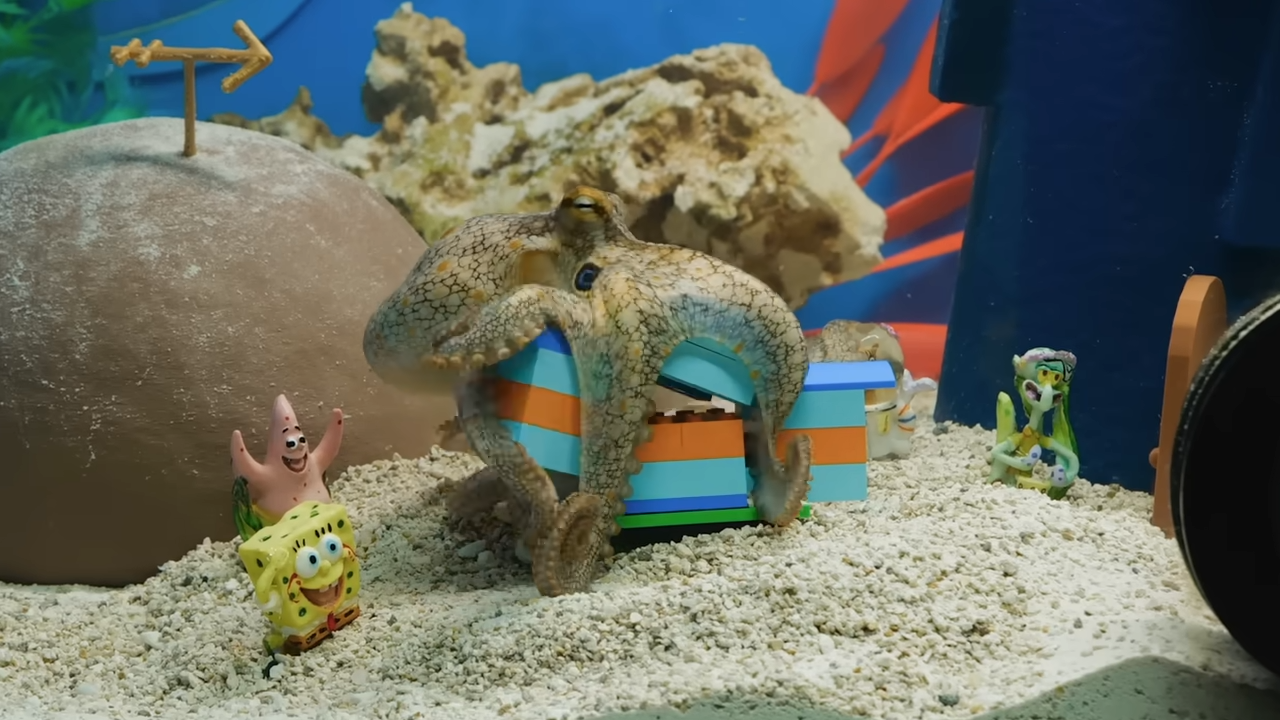Ever wondered about the secrets hiding in the depths of the ocean? The octopus, one of the ocean’s most mysterious and intelligent creatures, has more surprises than you might think. One of the most fascinating facts is the number of hearts it has – 3! I remember when I first learned about this—it was like discovering a whole new world of strange biology.
So, let’s explore the many hearts of an octopus and why they have them in the first place.
Why More Than One Heart?
Octopuses aren’t your typical sea creatures. With their flexible bodies, ability to camouflage, and remarkable intelligence, they seem almost alien. And their circulatory system is no less remarkable. Here’s how it works:
| Heart Type | Description | Location | Function |
| Systemic Heart | Responsible for pumping blood throughout the body | Center of the body | Pumps oxygenated blood from the gills to the rest of the body |
| Branchial Hearts (2) | Smaller, located near the gills. They pump blood through the gills to get oxygenated before sending it out | Near the gills | Pumps deoxygenated blood through the gills for oxygenation |
The Role of Each Heart
Systemic Heart – The Main Engine
This is the powerhouse that keeps the octopus going. It pumps oxygen-rich blood from the gills to the rest of the body, supporting their muscle movements and, of course, their impressive brain.
Interestingly, when an octopus swims, its heart actually stops beating. That’s why octopuses prefer crawling to swimming—they tire out much faster when relying on their swimming prowess.
Branchial Hearts – The Oxygen Boosters
The two branchial hearts work hard to ensure that the blood flowing through the gills is well-oxygenated. Each heart is dedicated to one gill, pumping deoxygenated blood through it to pick up oxygen.
This division of labor allows the octopus to absorb the maximum amount of oxygen possible, which is crucial for an animal that can sometimes use up a lot of energy, especially during hunting or escaping predators.
Blood Type Matters
Now, here’s another quirky fact: the blood of an octopus isn’t red like ours. It’s blue! They use a copper-based molecule called hemocyanin to transport oxygen, rather than the iron-based hemoglobin found in most vertebrates.
Hemocyanin is more efficient in cold, low-oxygen environments—like the deep sea. So, their blue blood is perfectly suited to their undersea lifestyle.
How Do the Hearts Work Together?

Having multiple hearts might sound complicated, but each one has a specific role that keeps the octopus functioning smoothly. When the octopus is at rest, all three hearts beat together rhythmically, like a well-coordinated orchestra.
The branchial hearts push deoxygenated blood through the gills, while the systemic heart sends freshly oxygenated blood to the rest of the body. When swimming, however, the systemic heart takes a break, which can reduce the efficiency of oxygen distribution and is probably why octopuses aren’t big fans of sustained swimming.
Why Do Octopuses Have Such Unique Adaptations?
@the_reef_doc Worlds most famous pet octopus! #octopus #petoctopus #byrdietheocto #thereefdoc
If you think about it, having multiple hearts is just one of the many extraordinary adaptations that octopuses have developed. They’ve also got a decentralized nervous system with most of their neurons located in their arms, and the ability to change color and texture to blend into their surroundings.
These are all part of their strategy to survive in a world full of predators.
The need for multiple hearts likely evolved due to their active lifestyle and the environments they inhabit. An efficient circulatory system is crucial for maintaining the high levels of oxygen needed for their muscular and nervous activities. Without their extra hearts, they simply wouldn’t be able to sustain their complex behaviors, like squeezing through tight spaces, jetting away from danger, or solving puzzles for a tasty treat.
The Emotional Side of Octopus Life
It’s easy to get caught up in the biological marvels, but octopuses are more than just their anatomy. They’re intelligent, curious creatures with distinct personalities.
Studies have shown that they can experience pain and suffering, and some researchers believe they have a form of consciousness.
Watching an octopus in action, you can almost see their minds working. They explore their surroundings, interact with objects, and even play. It’s hard not to feel a sense of awe and connection when observing them. Knowing they have not one, but three hearts, somehow makes them even more relatable—as if they literally have extra love to give.
Can an octopus survive if it loses one of its hearts?
Losing a heart would be catastrophic for an octopus. Each heart plays a vital role in their survival, and without one, the balance of their circulatory system would be disrupted. It would be like us losing our only heart—not something you can live through.
Wrapping It Up
From their three hearts to their incredible intelligence, octopuses are among the most remarkable creatures in the ocean. Learning about them has given me a deeper appreciation for the diversity of life on our planet. It’s amazing to think about the unique adaptations that allow them to thrive in environments that would be inhospitable to so many other forms of life.

